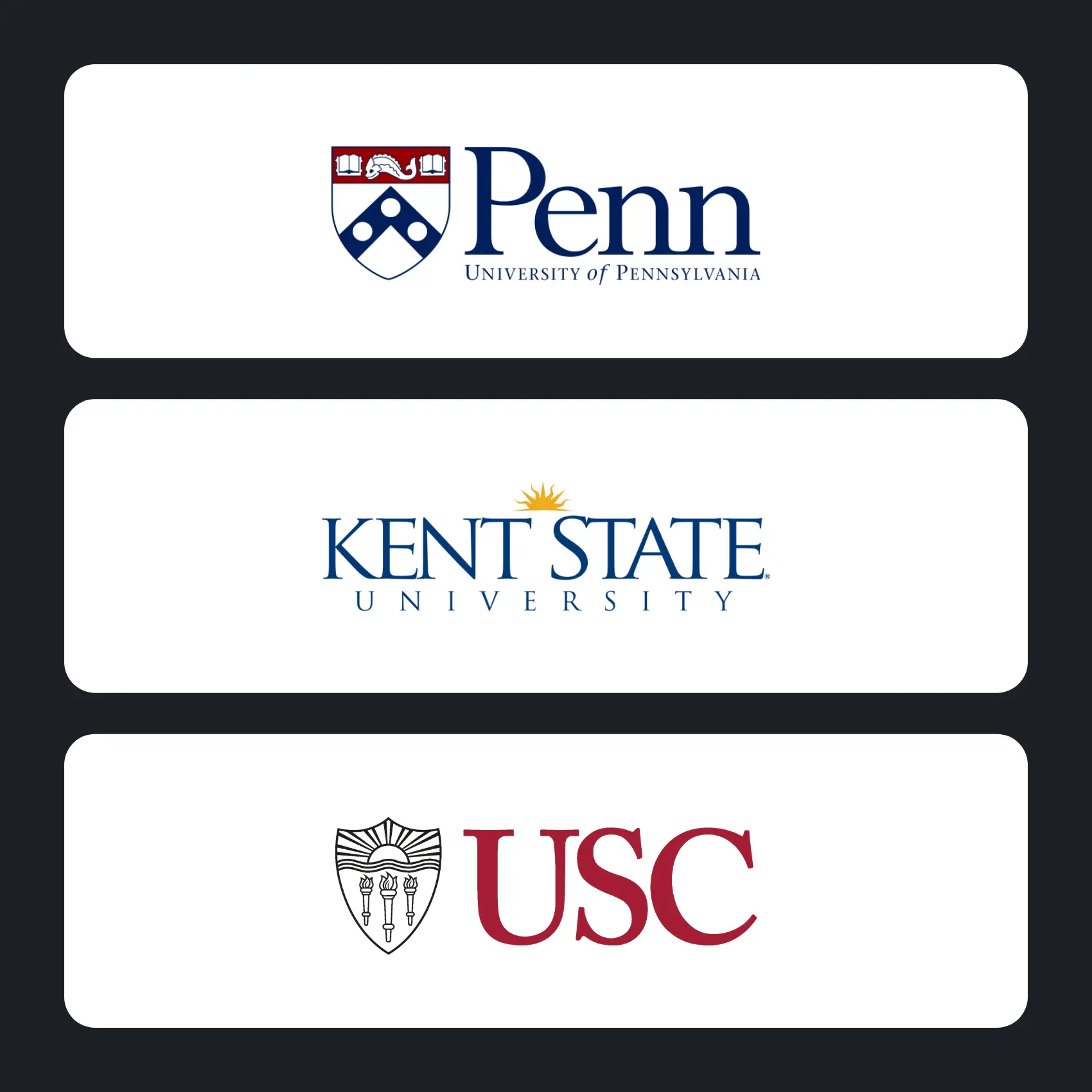Reimagining ITSM, back-to-school edition
How IT leaders at UPenn, USC, and Kent State are tackling the unique issues in higher ed
With back-to-school upon us, university IT leaders are bracing for the surge: New student onboarding, timetable changes, last-minute requests from thousands of students and staff—all converging in a perfect storm that can expose every crack in outdated systems and siloed support channels.
For IT leaders in higher education, these aren't just operational headaches, they’re high-stakes moments that shape the perception of the institution’s competence and care.
“The student experience is now a technology experience,” says Devin Dickerson, principal analyst at Forrester, during a webinar on the future of higher education in the spring. “From enrollment to graduation, every touchpoint is digital-first—and when systems fail, trust suffers.”
This pressure isn't unique to higher education, but the constraints are.
Unlike corporate IT environments, universities must serve radically different constituencies—incoming freshmen who expect Netflix-level digital experiences, tenured faculty comfortable with legacy systems, administrative staff managing complex compliance requirements, and researchers pushing the boundaries of what technology can do. Compound this with academic calendars with predictable but extreme spikes on top of software systems built years ago, and the result is often slow and fragmented services across IT, HR, finance, facilities, and student support.
Read also: Powered by AI, IT service delivery hits all-time highs
To solve these issues, many IT leaders in higher education are turning to new tools and strategies to bring efficiency to campuses across North America. The institutions making progress are treating service management not as a behind-the-scenes necessity, but as the connective tissue of their campuses. They are integrating once-siloed functions, automating the repeatable, and creating more capacity for staff to focus on work that matters.
Consolidating away complexity at USC
At the University of Southern California's Student Health Services, senior director of IS operations Frank Miuccio oversees IT for 49,000 students with an eye toward eliminating complexity.
"We look at our apps and systems as resources that should take work away from us, not create more," Miuccio explains.
USC's transformation centered on consolidating previously fragmented services under Freshworks' unified platform and leaning into role-based automation. Now, when a new nurse joins the athletic medicine team, the system automatically triggers department-specific provisioning, creating child tickets for mandatory software access while allowing managers to select optional resources.
"If somebody comes in and they can't get their account, it looks bad on IT," Miuccio notes. "Their initial experience shapes their entire tenure."
What’s more, by consolidating systems, Miuccio is able to generate KPI reports in under an hour, instead of eight or more as he chased down and aligned data from disparate systems.
AI comes to Kent State
At Kent State University, IT leaders had the student enrollment experience in their sights. The goal was to make digital interactions feel as intuitive as consumer applications.
AI was the answer. Kent State deployed Freshworks' AI-powered agents to handle routine queries and guide students through complex processes, freeing human advisors to focus on more strategic student success initiatives.
The results speak to a broader shift in expectations. Students arriving on campus today have never known a world without smartphones and instant gratification. When AI agents provide real-time support during enrollment and onboarding, it doesn't just reduce help desk tickets—it builds trust in the institution's technological competence.
Remarkably, 40% of faculty have embraced these AI agents for administrative workflows, too.
UPenn makes a large campus simpler
Like many large universities across the country, the University of Pennsylvania’s 28,000-student campus operates like a small city. And in the past, its services reflected this sprawl: IT requests in one system, financial queries in another, HR questions somewhere else entirely. For an administrator trying to push through a time-sensitive payroll or funding request, the process was frustrating and inefficient.
“We were looking for more than just a helpdesk to assist us in responses,” says Kristy Owen, director of financial systems and training. “We wanted an entire customer portal.”
The solution was BEN Helps, a single hub built on Freshservice that pulls IT, finance, HR, and other services into one navigable space. Automation now sends requests to the right destination, self-service forms strip out redundant steps, and AI helps staff spot patterns before they become problems. In its first six months, the hub processed more than 30,000 tickets. The sprawling campus services now have clear organization—and far fewer bottlenecks.
Smoothing the way to higher learning
These universities are proving that service management can be a strategic asset in higher education. By consolidating systems, embedding AI, and automating routine tasks, they’re reducing friction for students and staff during the most critical weeks of the academic year.
